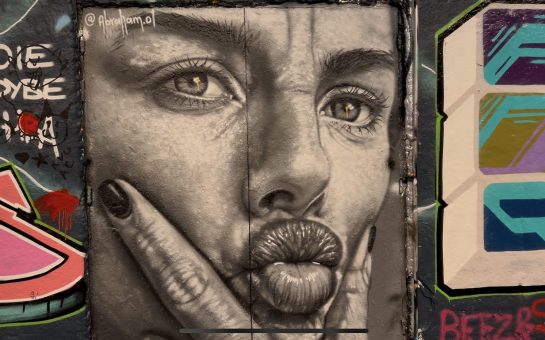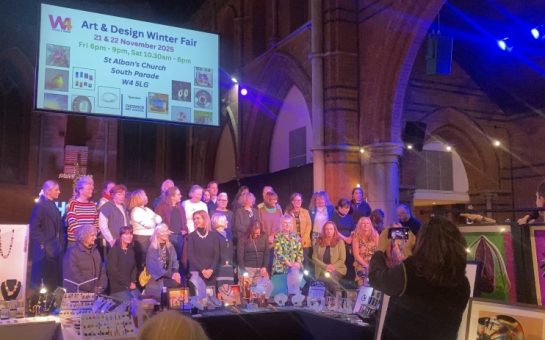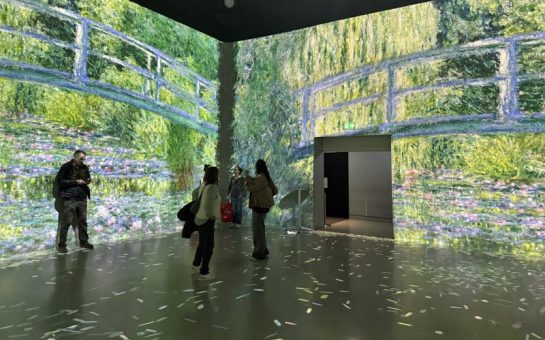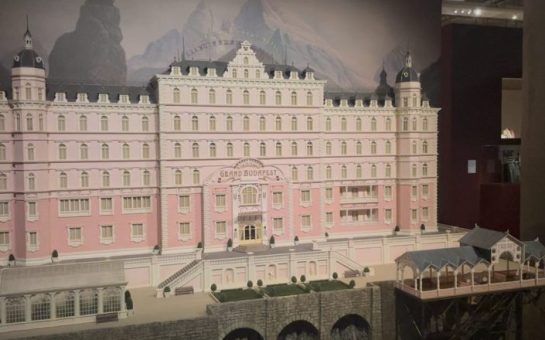In the heart of South Kensington, art enthusiasts can enjoy an evening of aperitivo and artwork at the monthly Cromwell Place Lates.
This year’s penultimate edition took place on the 21st of November and in usual fashion, a variety of galleries were invited to present their exhibitions across the wooden-floored and white-washed rooms of the five townhouses.
The ceramic studio J&J Rawlin, and contemporary spaces Lehmann Maupin and Candida Stevens Gallery were among the 11 guest galleries.
The honorary member of the evening was the Roberts Institute of Art (RIA), who showed their inspirationally playful exhibition Close Looking, an evolvement of their former practice known as Collection Studies.
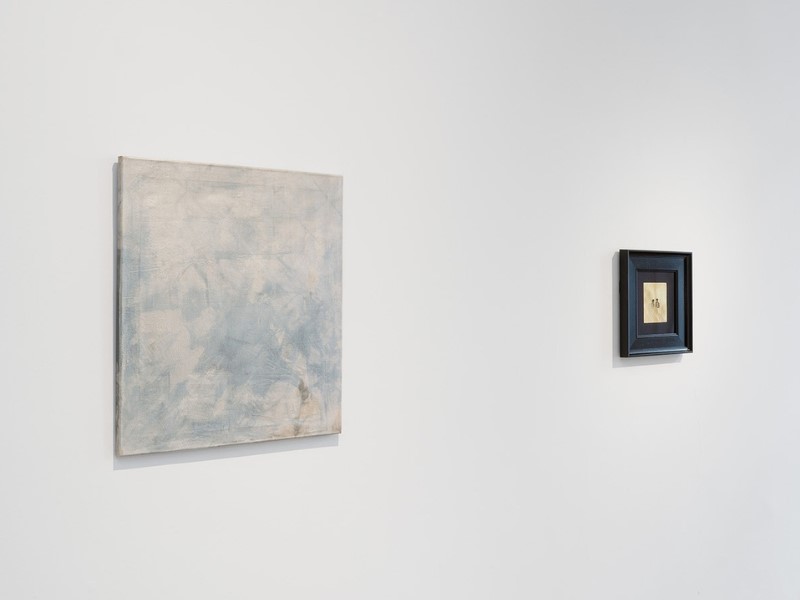
Camden native 33-year-old Yates Norton has been working as a curator at RIA for almost three years. With an academic background that blends cross-cultural practice, Norton is an art historian with a specialist interest in literature, gender and sexuality.
Playing with the notion of close reading from the literature tradition, he matched six creatives with a selection of small artworks from the David and Indrė Roberts Collection.
They were tasked by Norton to write about their allocated artwork with one clear instruction: Do not approach this as art criticism.
Norton said: “My thought around artwork is that you can return to the same piece again and again, and the experience is not exhausting – with each encounter, you see something else. Artwork is very generous, it offers so many different points of entry and departure for thinking, dreaming or imagining.”
The writers did not disappoint – the exhibition was an explosion of imagination reflective of their personalities and varying creative practices.
Marina Warner, familiar with Paula Rego’s love of storytelling, decided to write a haunting fairytale called Pentimento in response to St Mary of Egypt (2011), whereas, Imani Mason Jordan wrote 1:1, a poetic couplet of words combined with experimental sounds in response to Ellen Gallagher’s Untitled (2005).

The most compelling of the collection was Osman Yousefzada’s poem Untitled (for Prem), which responded to Prem Sahib’s artwork User_01 (2016).
An ode to erotic nightlife, User_01 is presented as a panel of black aluminium splattered in resin to resemble the sweat that congeals on the walls – smudges on the piece appear as though someone’s hand is desperately wiping the droplets away.
Yousefzada’s poem seizes the extrasensory and smothering experience of sexual fantasy – throughout the poem, the sense of perspective constantly shifts, which creates a disorientating and dream-like reading experience.
Norton said: “A lot has been written about Sahib’s minimalism and materials so I thought it would be nice to honour the sense of intimacy and longing, not the depressive type, but the one concerned with queer sex and touch – I knew Osman’s sensitivity would capture that.”
Besides opting for small-scale artworks, Norton’s curational choice to have three writers (Marina Warner, Osman Yousefzada and Imani Mason Jordan) read their texts aloud really added to the intimacy and closeness of the event.
Norton said: “The child in me has probably never gone because I love being read to, it’s such a pleasurable experience.”
It’s not often we hear the writer’s voice or are immersed in a storytelling situation as adults, which resulted in Close Looking being an emotionally and intellectually nourishing exhibition.

Another artist who successfully experimented with resin was 26-year-old, Düsseldorf-born Theresa Weber, who was represented by DADA Gallery, a space for African diaspora artists.
Through a culmination of fabrics, found objects and paint, their exhibition Layered Textures delved into DADA’s focal themes of escapism, identity and power hierarchies.
Weber’s two artworks Rhizome and Maze (2023) are an extension of her Somerset House Studios commission Cycles of Unmasking (2023), which confronts the colonial past and hierarchical structures of the building’s architecture, using the infamous stairway as a portal for healing.
Weber said: “When I first arrived, I was given a historical tour and I felt so overwhelmed by the size of the space and its heavy colonial past, I wanted to be critical and simultaneously heal wounds.”
Whilst researching the history of the building, Weber stumbled upon masquerade balls, which were frequent there in the 16 and 1700s – the first occurred in 1605 and was called the ‘Masque of Blackness’, during which ‘blackface’ was common.
In comparison to her large-scale stairway creation, the resin pieces materialise her research in a much more intricate way with small sketches of royals wearing ‘blackface’ and markers of femininity, which carry cultural and personal importance to her such as synthetic hair, pearls and nails.
Weber said: “Since it’s pretty abstract, you could enjoy these pieces without understanding or reading the theoretical part, but if you want to, you can dive in and explore the colonial history of Somerset House by scanning the QR codes.”

